Advertisement
Artificial intelligence (AI) is revolutionizing network administration. It is quicker, smarter, and more effective. Today's network experts must keep ahead by learning about AI. Knowing AI tools and capabilities is no longer optional. Your tech toolset now has to include this must-have. AI handles network chores, including defect detection and traffic analysis. It speeds up and simplifies work.
To collaborate effectively with artificial intelligence, you must first grasp its workings. Developing these abilities can lead to improved salaries and new employment opportunities. The main AI abilities of network experts will be discussed in this article. Let's explore the necessary artificial intelligence competencies for your line of work.

Networks are more effectively managed using artificial intelligence. It enables quick fixes for issues and their detection. AI also forfeits problems before they start. AI can, for instance, modify network settings in real-time and identify traffic spikes. It ensures system stability. AI tools also notice strange behavior, supporting security. In networking, machine learning (ML) is rather prevalent in artificial intelligence. It lets the system pick lessons from data trends. It improves decision-making over time.
Network experts today collaborate using artificial intelligence tools. You have to use the AI system even though you might not be able to build it. Learning AI principles is crucial. Under artificial intelligence, networks are developing self-healing and adaptability. For experts, that implies less manual work. Your responsibility will center more on the system and tool management of artificial intelligence.
Technology is advancing rapidly. To stay valuable in the field, network engineers must keep learning. The next great stride is artificial intelligence. Understanding artificial intelligence helps you to have an advantage. Companies desire employees who grasp artificial intelligence as well as networks. That is an unusual talent mix. AI can cover everyday chores, including warnings and monitoring. It opens your schedule. Then, you can concentrate on designing, organizing, or strengthening networks.
Artificial intelligence also supports cybersecurity. It picks dangers faster than people could. You have to know how to take advantage of these instruments. Learning AI helps you to be more adaptable in your employment. One can work in cloud networking, automation, and even data science. Professionals with artificial intelligence awareness are in increasing demand. More businesses are managing IT systems using artificial intelligence.
Success in the AI age calls for a combination of soft and technical talents. Start small and expand steadily.
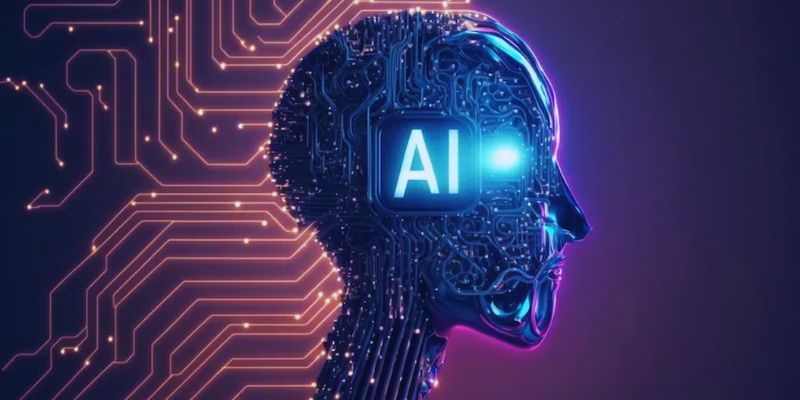
Learning artificial intelligence skills can be intimidating. Sort things into reasonable, little steps.
Artificial intelligence is changing the management and securing of networks. Learning artificial intelligence skills is not optional for network managers now. Future-proofing your job depends much on this. You start to be more valuable when you grasp machine learning, automation, data management, and cloud systems, and As artificial intelligence expands in the networking sphere, so should your knowledge. Start modest, never stop learning, and use what you know. Every stride will help you to become confident and open new employment prospects.
Advertisement

AI transforms sales with dynamic pricing, targeted marketing, personalization, inventory management, and customer support
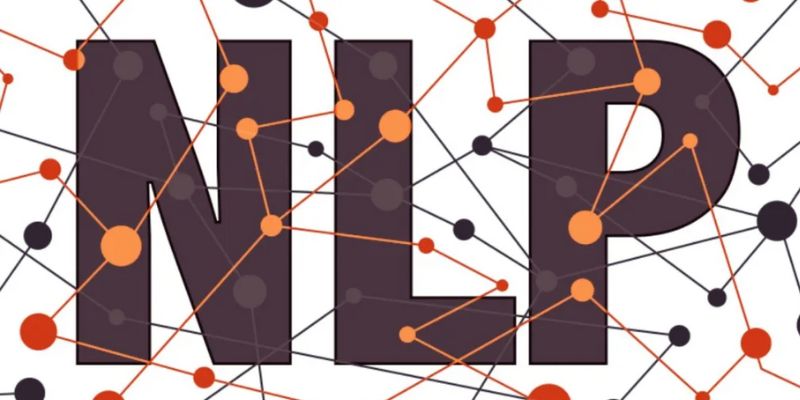
Discover how GLUE and SQuAD benchmarks guide developers in evaluating and improving NLP models for real-world applications
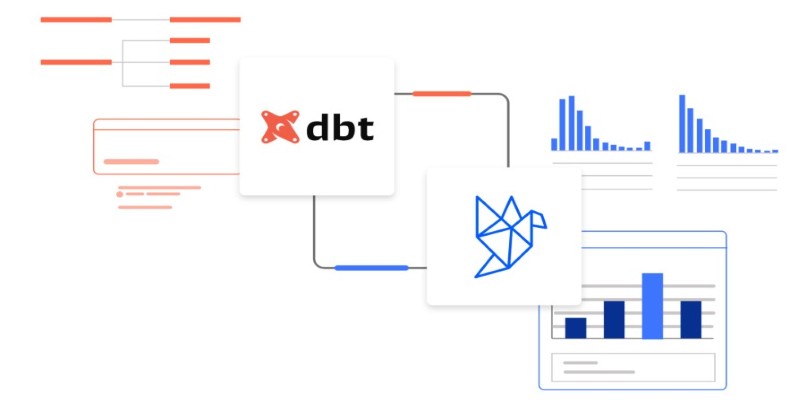
Frustrated with messy data workflows? Learn how dbt brings structure, testing, and version control to your data pipeline without adding extra complexity
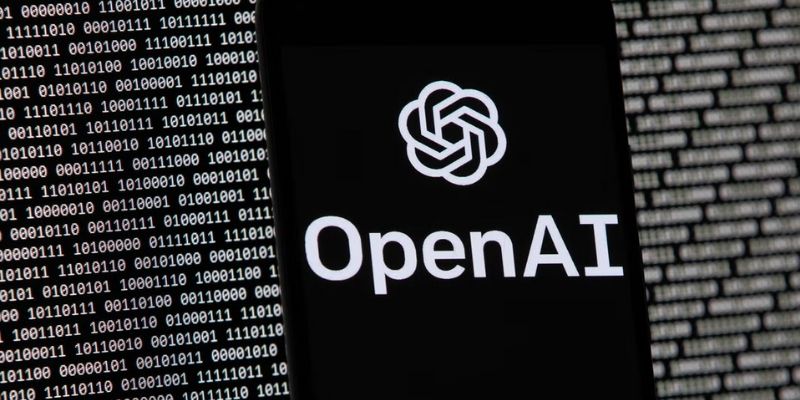
Discover ChatGPT AI search engine and OpenAI search engine features for smarter, faster, and clearer online search results
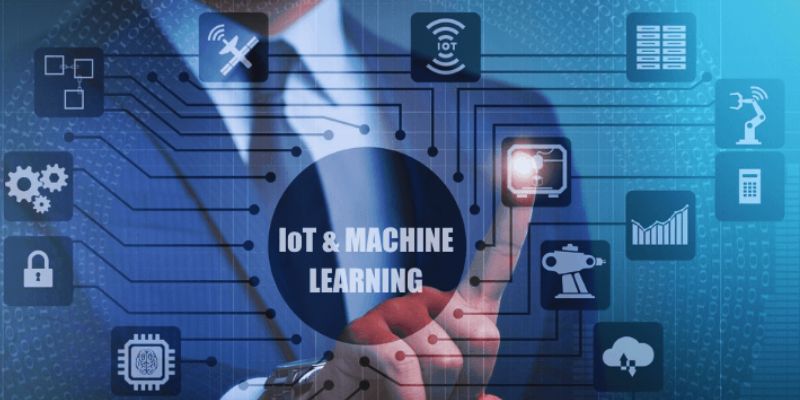
IoT and machine learning integration drive predictive analytics, real-time data insights, optimized operations, and cost savings

Chile uses forest fire detection technology and AI-powered fire warning systems to detect fires early and protect forests
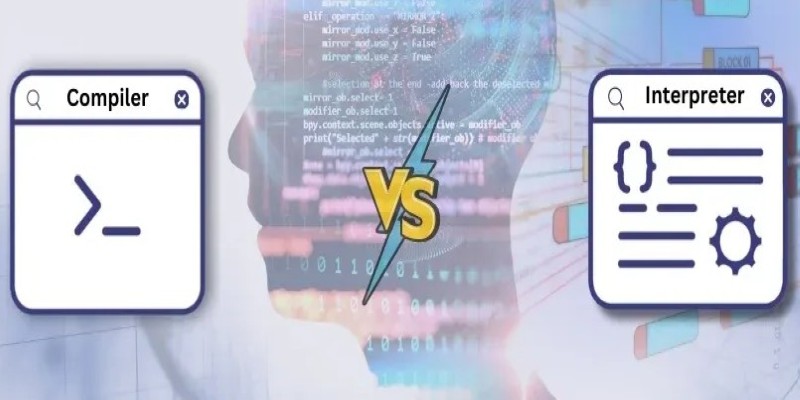
Curious about what really happens when you run a program? Find out how compilers and interpreters work behind the scenes and why it matters for developers
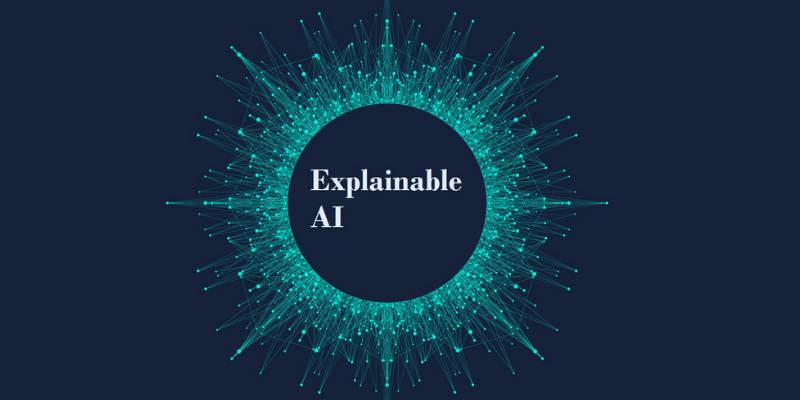
Know explainable AI techniques like LIME, SHAP, PDPs, and attention mechanisms to enhance transparency in machine learning models

Discover the 6 common ways to use the SQL BETWEEN operator, from filtering numbers and dates to handling calculations and exclusions. Improve your SQL queries with these simple tips!

Perplexity AI is an AI-powered search tool that gives clear, smart answers instead of just links. Here’s why it might be better than Google for your everyday questions

Ever needed fast analytics without heavy setups? DuckDB makes it easy to query files like CSVs and Parquet directly, right from your laptop or app.
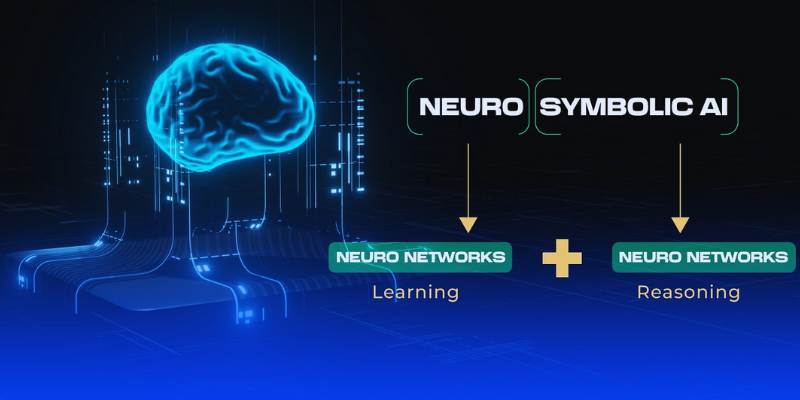
Neuro-symbolic AI blends neural learning and symbolic reasoning to create smarter, adaptable systems for a more efficient future